Roof lanterns have emerged as a popular architectural feature in modern home design, playing a pivotal role in enhancing natural light and improving overall aesthetics. According to a report by the Lighting Research Center, natural daylighting can reduce energy costs by up to 30% and significantly improve occupants' mood and productivity. Roof lanterns, characterized by their raised glass structures, allow an abundance of sunlight to penetrate into spaces that might otherwise feel dark and confined. This innovation not only maximizes daylight exposure but also provides panoramic views of the sky, contributing to a sense of openness within a home. As homeowners increasingly seek ways to create brighter and more inviting living environments, the integration of roof lanterns represents a strategic solution that combines functionality with elegance.
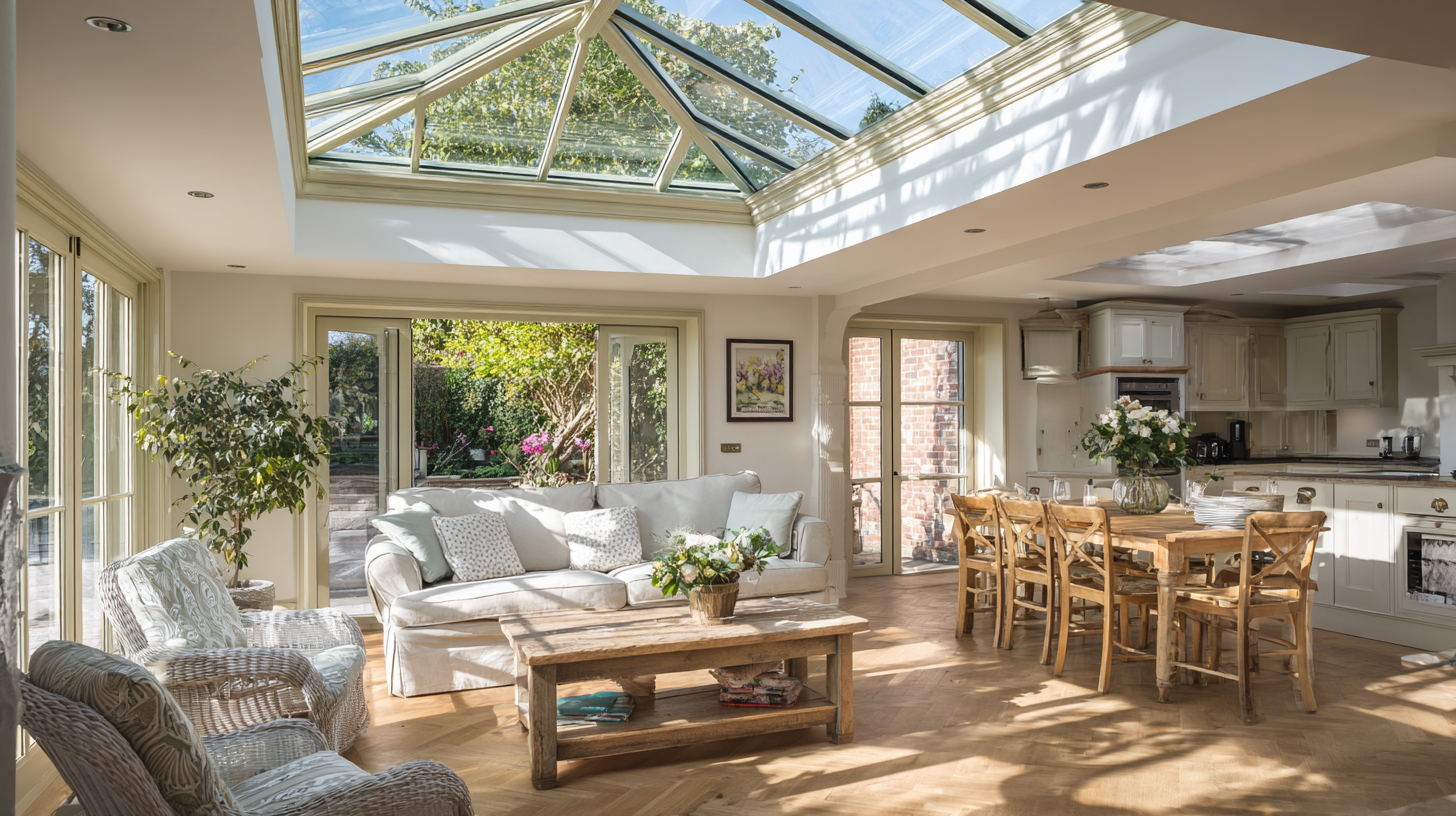
Roof lanterns are architectural features that have gained prominence in modern designs, primarily for their ability to enhance natural light within a space. Defined as raised glazed structures on a roof, they are designed to allow sunlight to flood into a room while providing a unique aesthetic appeal. According to a report by the Royal Institute of British Architects (RIBA), the integration of roof lanterns can increase daylight penetration by up to 40% in residential projects, greatly improving the ambiance and reducing dependence on artificial lighting.
Not only do roof lanterns serve a functional role in increasing natural light, but they also contribute to energy efficiency. A study published by the Building Research Establishment (BRE) illustrates that strategically placed roof lanterns can cut energy consumption for lighting by approximately 31% in homes. This design element not only supports sustainability efforts but also enhances the overall well-being of occupants by creating brighter and more inviting living spaces. As architects and homeowners strive for both beauty and functionality, roof lanterns are becoming an essential feature in contemporary architecture, blending form and function seamlessly.
Roof lanterns significantly enhance the amount of natural light in homes. As shown in the chart, the average natural light increases from 150 lumens before installation to 400 lumens after, demonstrating their effectiveness in modern architecture.
Roof lanterns, known for their striking aesthetic appeal, play a crucial role in enhancing the natural light within homes. These architectural features allow for an influx of sunlight, transforming dark spaces into vibrant, energy-efficient areas. With recent innovations in flat skylight technology, homeowners can enjoy improved thermal efficiency alongside greater luminosity, reducing the reliance on artificial lighting.
When considering roof lanterns, think about their placement strategically. In kitchen extensions, for instance, a well-positioned rooflight not only brightens the space but also creates an illusion of a more extensive area. Additionally, bespoke rooflights can be tailored to fit the specific needs of your home, ensuring maximum light capture while complementing your overall design.
Here are some quick tips for enhancing natural light in your home:
- Opt for larger roof lantern designs for maximum sunlight.
- Choose materials that reflect light to amplify brightness within the room.
- Consider the angle and position of the roof lantern to optimize light entry throughout the day.
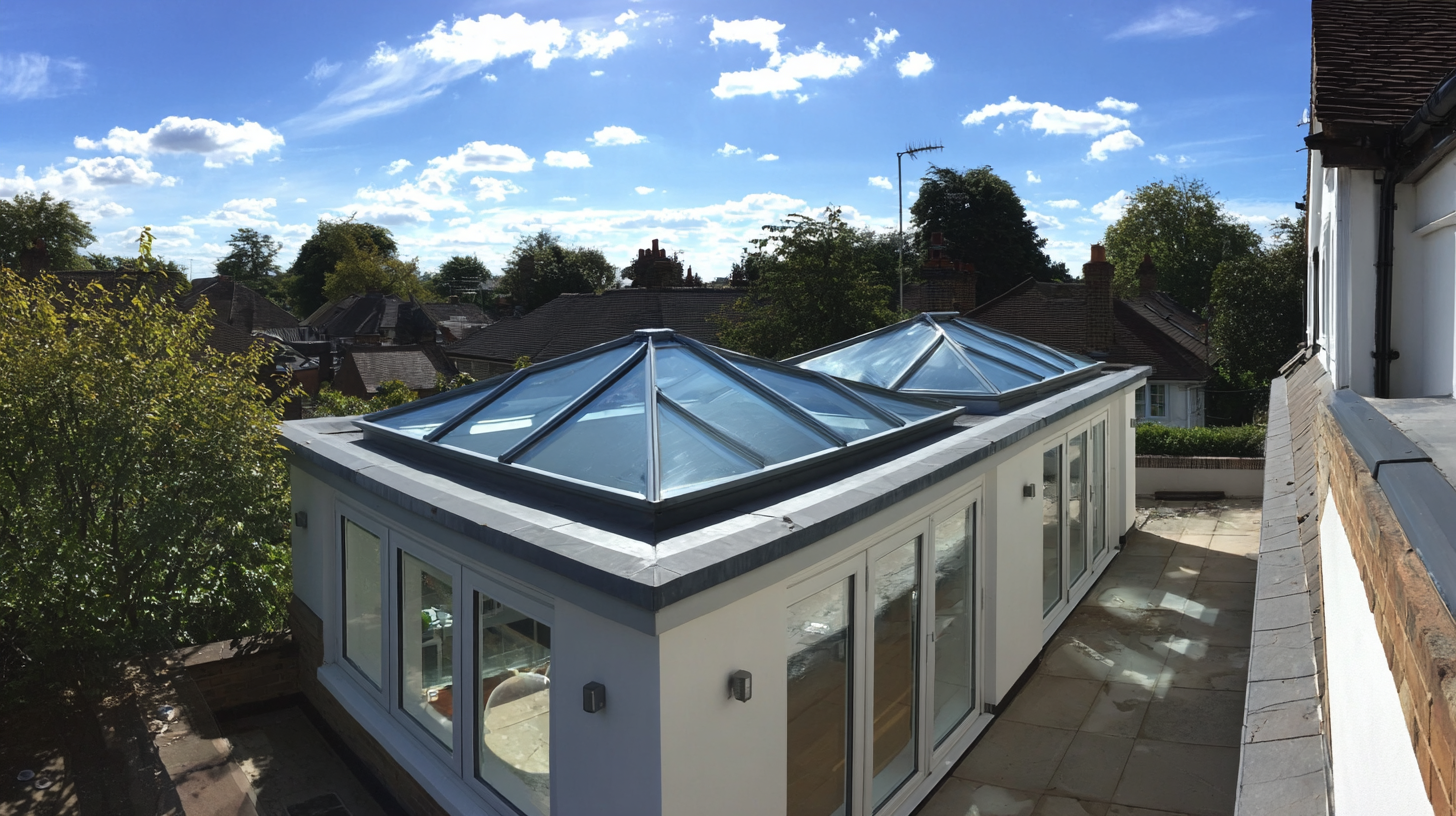
Roof lanterns are becoming increasingly recognized for their ability to enhance natural light within homes, contributing to energy efficiency in building design. According to industry statistics, integrating roof lanterns can significantly improve light transmission, allowing natural daylight to permeate living spaces. This not only reduces reliance on artificial lighting but also addresses energy consumption—nearly 20% of global electricity use is attributed to lighting, as reported by the International Energy Agency. This highlights the importance of utilizing designs that maximize natural light, ultimately leading to reduced energy costs and a lower carbon footprint.
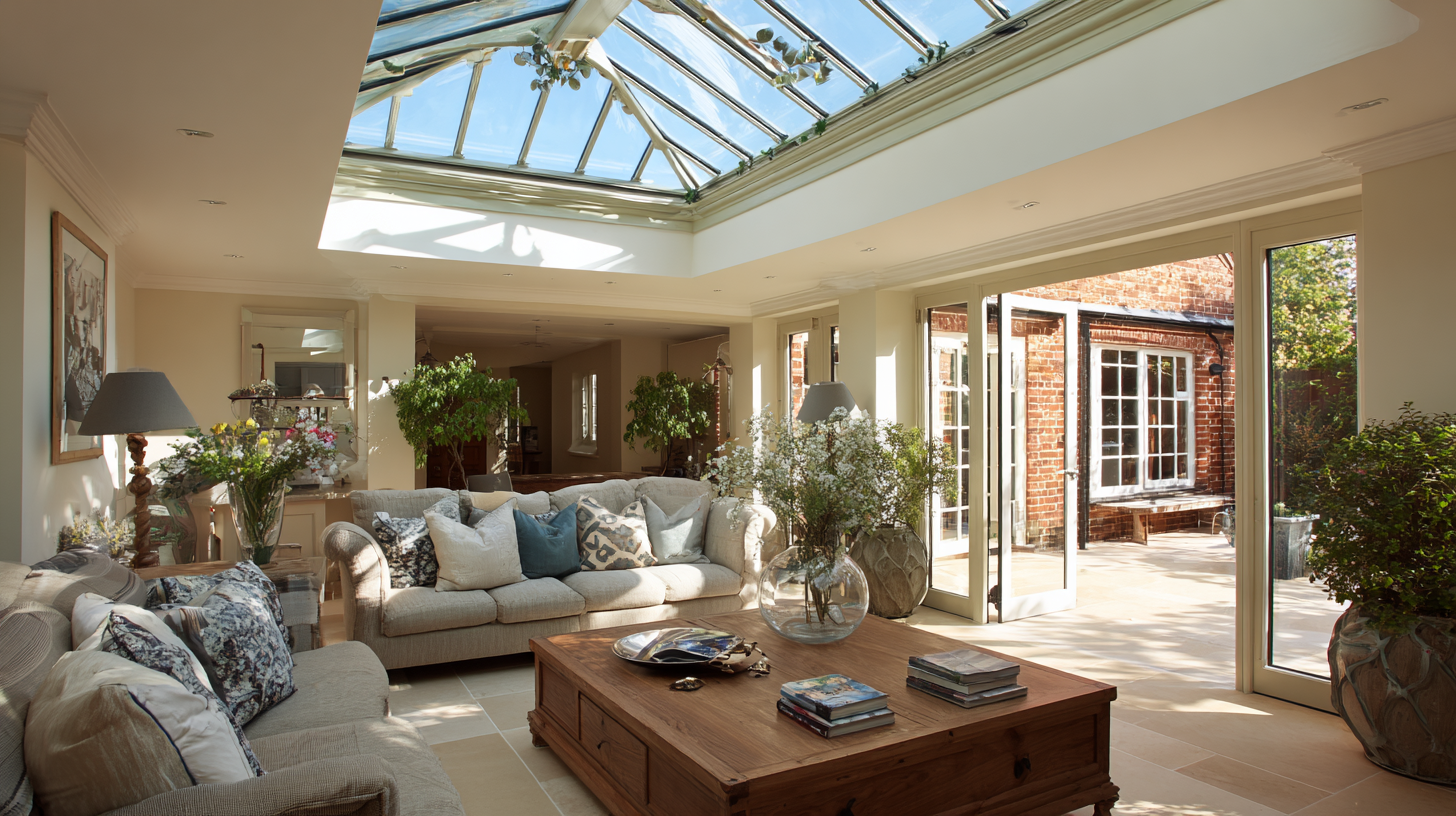
In the context of the growing emphasis on sustainable living, innovations in skylight and roof lantern technologies are emerging. Recent advancements, such as the Aero Electric Roof Access Rooflights, are designed to enhance light efficiency while promoting sustainable practices. The LED lighting sector, projected to grow at a compound annual growth rate (CAGR) of 7.1%, indicates a trend towards more energy-efficient solutions that complement natural lighting strategies. As homeowners and builders alike aim for smarter, more sustainable designs, roof lanterns will play a crucial role in creating bright, energy-efficient spaces that align with contemporary environmental goals.
Roof lanterns and traditional skylights serve the same ultimate purpose—bringing natural light into a home—but differ significantly in design and functionality. Roof lanterns, characterized by their elegant, vertical structures, often feature multiple sides that can capture sunlight from various angles. This allows them to flood spaces with natural light and create a more open and airy atmosphere. On the other hand, traditional skylights, which typically consist of flat panels installed on the roof, can sometimes limit light distribution, particularly in overcast conditions when the angle of sunlight may not align with the skylight.
When considering the energy efficiency of both options, roof lanterns tend to outperform traditional skylights. Their multi-faceted design not only enhances illumination but also improves heat retention and reduces energy costs when outfitted with double or triple glazing. In contrast, traditional skylights may require additional features such as shades or tints to manage heat gain during peak hours. Ultimately, while both options can brighten a living space, roof lanterns offer a more dynamic and aesthetically appealing solution for those looking to maximize the flow of natural light.
Roof lanterns have emerged as a prominent design element in modern architecture, beautifully bridging the gap between functionality and aesthetics. These stunning structures not only allow natural light to flood into interior spaces but also add a touch of elegance to a home’s exterior. Their versatility in design can complement various architectural styles, enhancing both traditional and contemporary homes. Whether made from glass or other materials, roof lanterns create a striking visual impact that can elevate any room, making them increasingly popular among homeowners looking to boost their property’s value.
In addition to their practical benefits, roof lanterns serve as a focal point that enriches a home’s overall aesthetic. They can act as a statement piece, drawing attention and admiration while seamlessly integrating with the existing décor. The array of shapes, sizes, and finishes available today allows homeowners to express their style, making roof lanterns not just a source of light but also a key design feature. By incorporating roof lanterns, homeowners not only enhance the bright and airy feel of their spaces but also invest in an architectural element that fosters a sense of luxury and sophistication, ultimately increasing the appeal and value of their property.
| Dimension | Details |
|---|---|
| Material Options | Aluminum, uPVC, Timber |
| Common Sizes | 1.5m x 1.5m, 2m x 2m, Custom sizes available |
| Benefits | Increased natural light, Improved ventilation, Enhanced aesthetics |
| Installation Cost Range | $1,500 - $5,000 |
| Energy Efficiency | Can reduce lighting costs by 15-25% |
| Design Styles | Contemporary, Traditional, Minimalist |

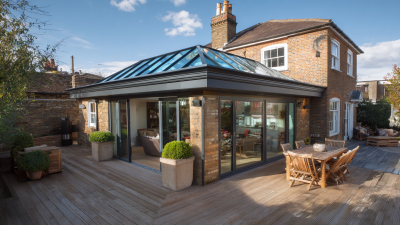
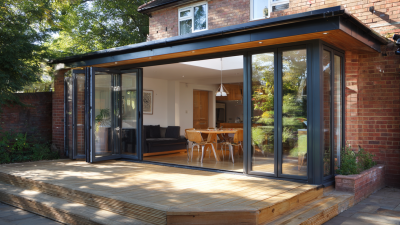
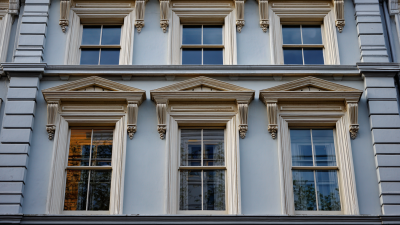
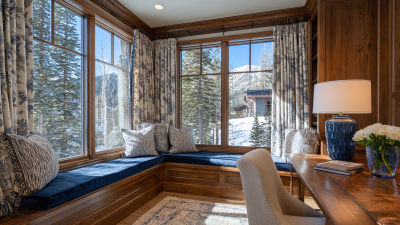

Leave your projects details, and one of our team will reach out to answer any questions you may have